Top-rated product photo lenses for unusual styles.
With the right lens for product photography and accessories, you'll be able to take professional-quality photos that showcase goods and products in the best light possible. But not all lenses are created equal. For example, a macro lens is great for capturing the details in jewelry, but it may not be the best choice for other products.
The best lens for product photography should have a versatile range of focal lengths, a smaller minimum focusing distance, a wide aperture, and, if possible, a tilt-shift capability. Keep in mind that the right lens for you may depend on your specific needs and preferences as a photographer.
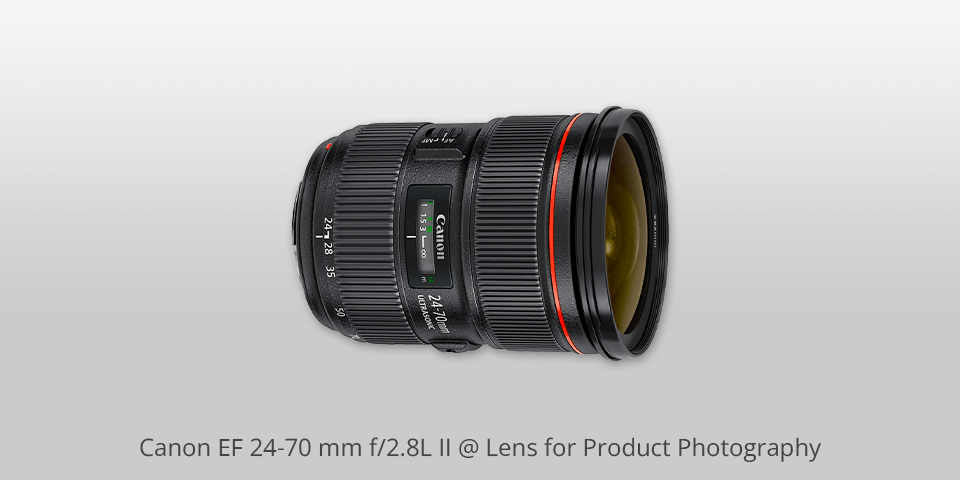
Weight: 1.77 pounds | Lens Type: Zoom | Autofocus: Yes
One of the main advantages is its versatility – with a focal length range of 24-70mm, it's suitable for capturing a wide variety of shots. Another benefit is its constant f/2.8 maximum aperture, which is great for working in low light conditions.
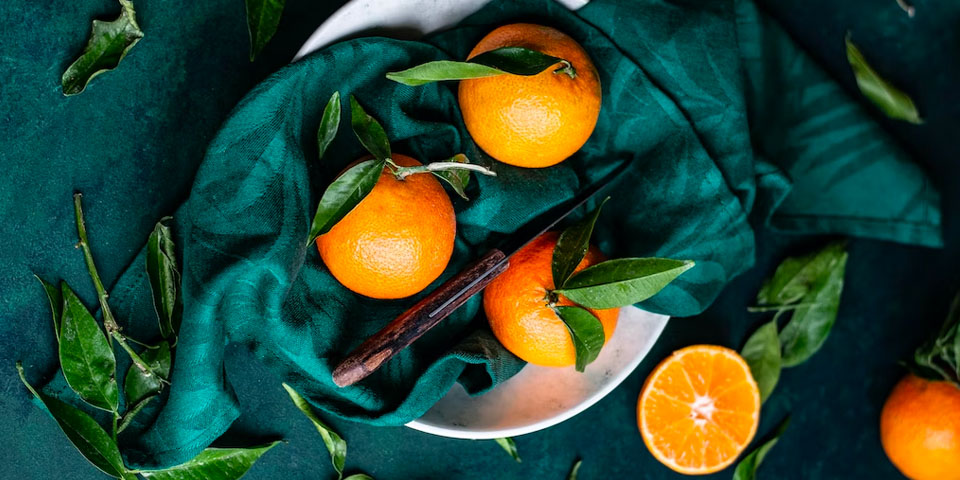
Photo taken with Canon EF 24-70 mm f/2.8L II
The optical design of this Canon lens is also top-notch, with one Super UD element and two UD elements that reduce color fringing and chromatic aberrations, as well as three aspherical elements that minimize distortion and spherical aberrations for enhanced sharpness. And let's not forget about the ring-type USM autofocusing system, which provides fast, quiet, and accurate autofocus performance.
However, there are a few disadvantages to consider. One is the price – it's not the most affordable option out there. One problem I've encountered with this product photography lens is its weight – it's not the lightest lens out there, so it can be a bit cumbersome to use for extended periods of time.

Weight: 0.41 pounds | Lens Type: Standard | Autofocus: Yes
Being one of the best lenses for product photography, Sony FE 50 mm f/1.8 has an innovative optical design that minimizes chromatic aberrations and distortion to deliver sharp, high-resolution images. Plus, the lens incorporates a rounded seven-blade diaphragm to produce smooth and pleasing bokeh, which is essential for product photography.
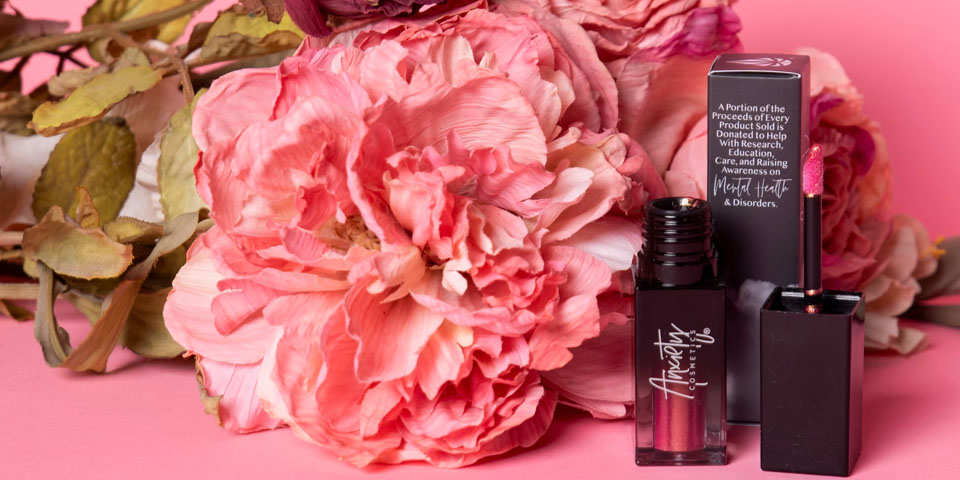
Photo taken with Sony FE 50 mm f/1.8
In terms of usage, the autofocus performance is quick, quiet, and accurate thanks to a newly developed DC motor focus actuator system that drives all lens groups. The minimum focusing distance of 1.5' allows for working with nearby subjects.
But the lens is not optically stabilized, which is a common issue among inexpensive lenses. Moreover, it should be noted that shooting wide open may produce some chromatic aberration, so it's best to stop down the aperture a bit for optimal results.
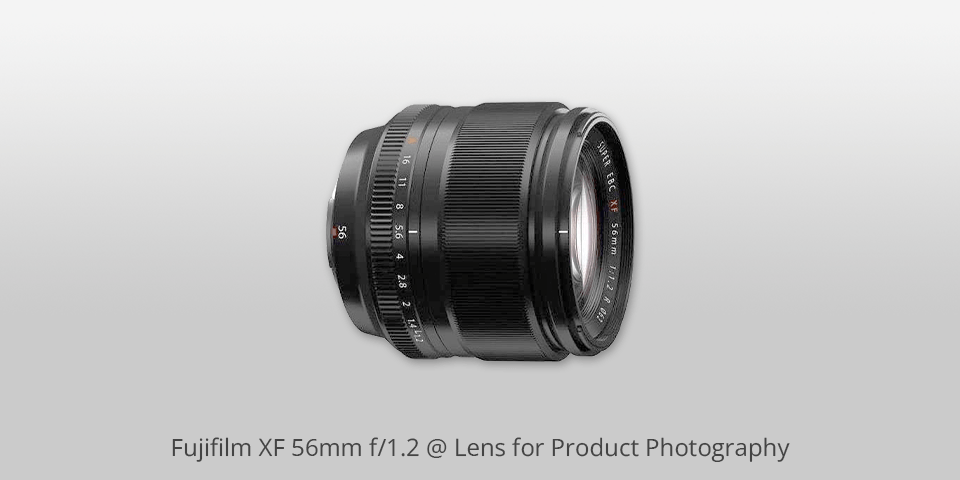
Weight: 3.05 pounds | Lens Type: Telephoto | Autofocus: Yes
Fujifilm XF 56mm f/1.2 is an excellent choice for jewelry photography. It offers superb, sharp images even wide open at f/1.2 with minimal distortion, vignetting, and chromatic aberration. The fast aperture is also a great feature for creating pleasing out-of-focus backgrounds, which is perfect for isolating your subject and making it stand out.
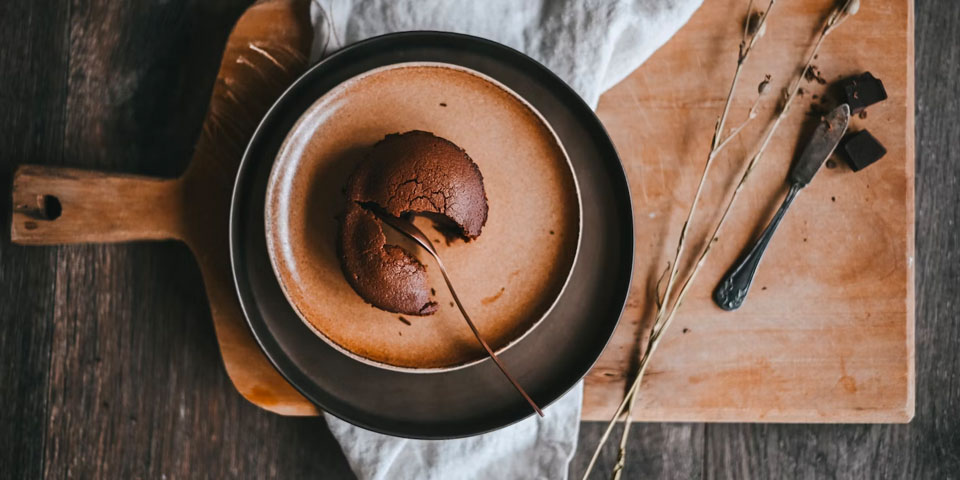
Photo taken with Fujifilm XF 56mm f/1.2
Another advantage of this product photography lens is its fast-focusing mechanism, which is super helpful when you're working with products that require quick and accurate focus. The 7-bladed rounded aperture diaphragm also gives you creamy bokeh.
However, keep in mind is that the lens is rather heavy and may take some getting used to if you're used to lighter lenses.

Weight: 0.63 pounds | Lens Type: Wide-angle | Autofocus: Yes
Firstly, this product photography lens is very lightweight, making it easy to carry around and use for extended periods of time. Secondly, it has a fast F/1.8 aperture, which is perfect for low light conditions and shallow depth of field shots. This helps to create a crisper image and minimize chromatic aberrations.
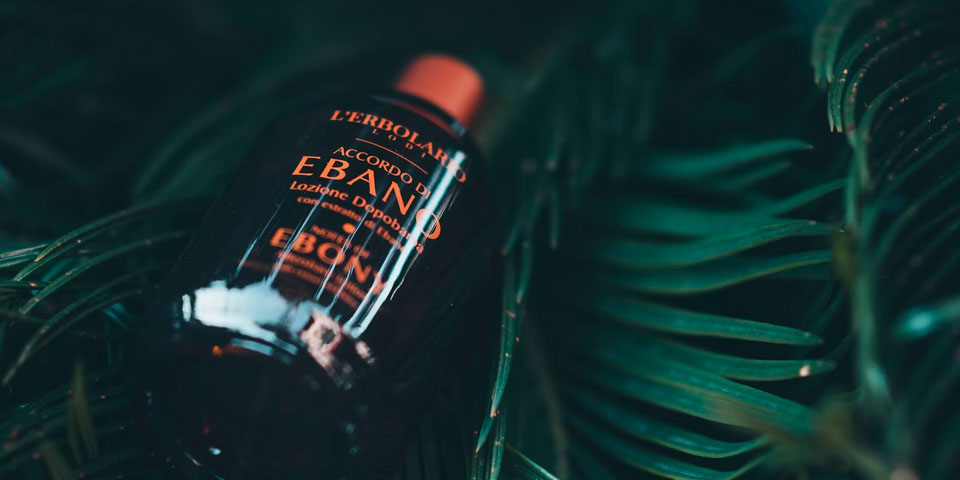
Photo taken with Nikon AF-S NIKKOR 35mm f/1.8G
The lens also features an ultra-compact Silent Wave Motor that ensures fast, whisper-quiet autofocus operation and a rounded diaphragm opening that helps to produce a substantially more circular bokeh. It also feels solid in the hand and isn't too small, so it's comfortable to hold with one hand while hand-holding the camera.
However, there are some disadvantages to this Nikon lens. Firstly, it's not zoomable, which can limit the range of shots you can take. Secondly, the filter thread is plastic, which could wear out if you are regularly mounting and dismounting lenses filters.
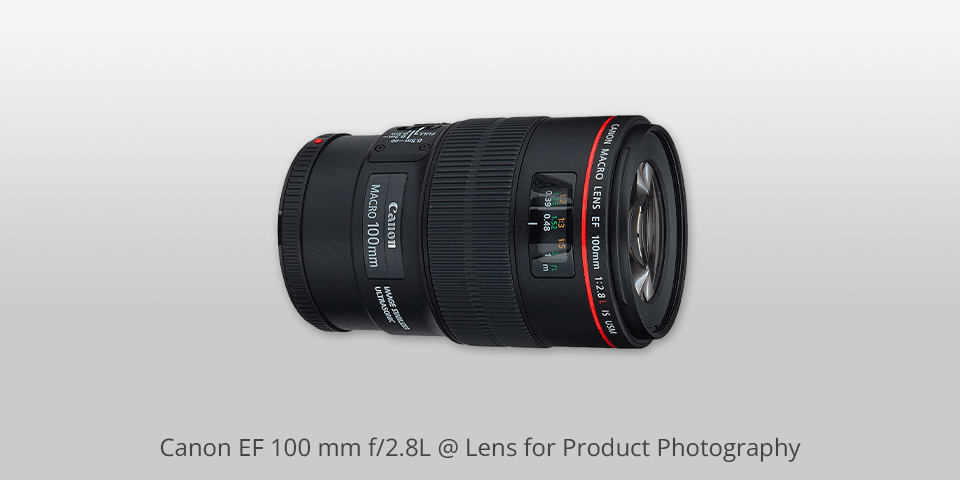
Weight: 1.38 pounds | Lens Type: Telephoto | Autofocus: Yes
Canon EF 100 mm f/2.8L is one of the newest product photography lenses to feature Canon's Hybrid Image Stabilization technology, which effectively compensates for any camera shake during close-up shooting.
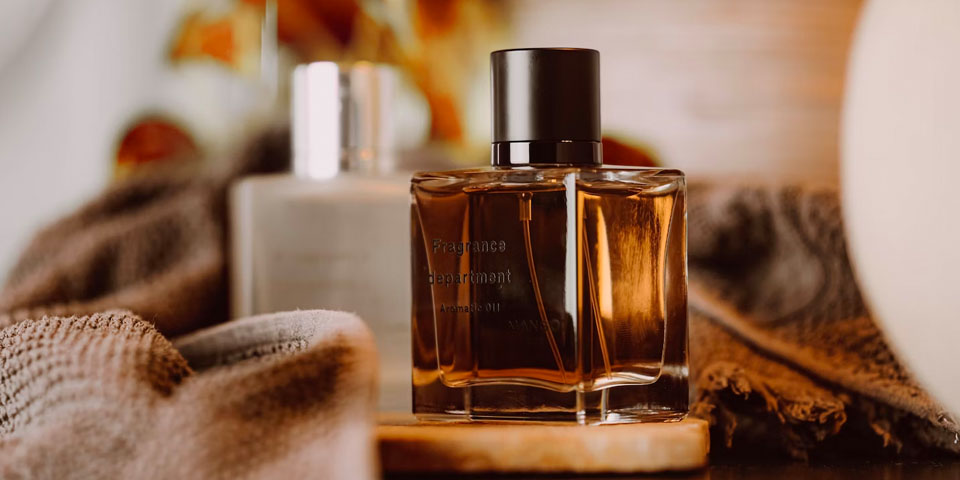
Photo taken with Canon EF 100 mm f/2.8L
The lens is an L-series lens, which means that it boasts the highest level of optical construction and weather sealing. Its main characteristic is that it provides a 1:1 magnification ratio and a 12'' minimum focus distance, making it perfect for life-size close-ups. It can also be used with extension tubes for even more magnified photos.
However, the Spherical Aberration control ring can be a bit frustrating to use in the middle of a shoot. It can take a few turns to register your changes, which can be frustrating. Additionally, this food photography lens is made of plastic instead of metal, which may not feel as sturdy as other L-series lenses made of aluminum.
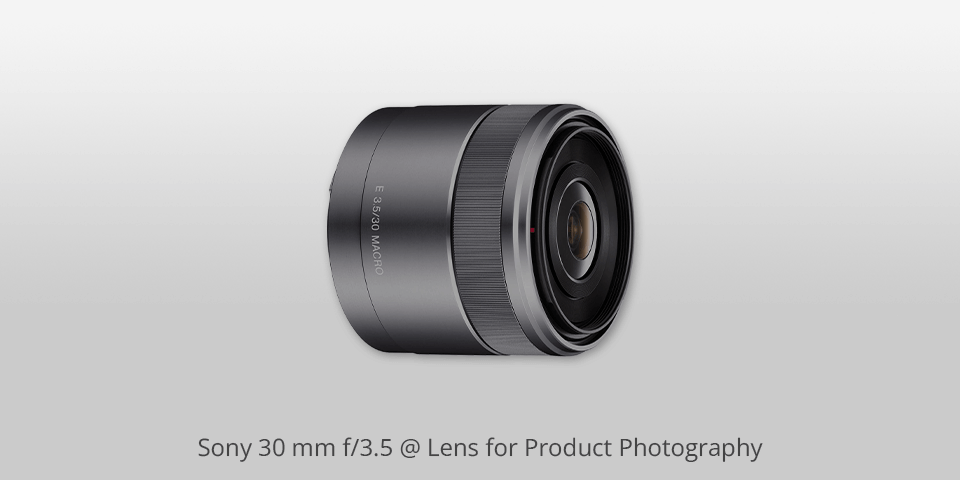
Weight: 0.3 pounds | Lens Type: Macro | Autofocus: Yes
It's a lens for product photography with a reproduction size of 1:1, which means you can capture even the tiniest details of your subject. The high resolution, sharpness, and color rendering make it a great lens for capturing the beauty of small items such as jewelry or flowers.

Photo taken with Sony 30 mm f/3.5
Additionally, the maximum aperture of f/3.5 is a big advantage for low light and nighttime applications. It allows a significant amount of light to reach the camera's sensor, making it possible to use shutter speeds and ISO settings that will keep noise levels down.
However, there are some downsides to this lens. The lack of a magnification scale can be a problem in certain situations, and the edge distortion in peripheral regions is something to be aware of when using this lens with focus stacking techniques or when framing subjects very carefully.
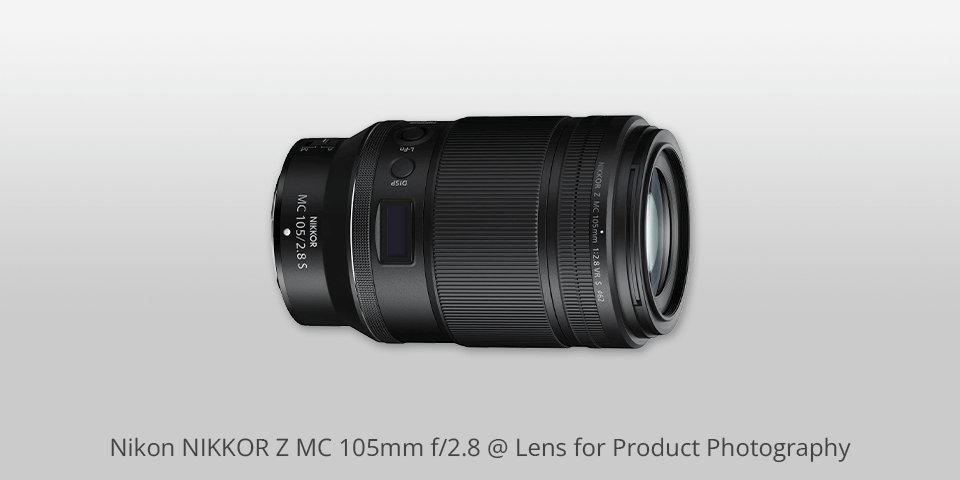
Weight: 1.39 pounds | Lens Type: Macro | Autofocus: Yes
It's a product photography lens with a true 1:1 reproduction ratio, which means you can capture even the tiniest details of your subject. This makes it perfect for products, as well as for capturing details in weddings, jewelry, food, flowers, nature, and wildlife.
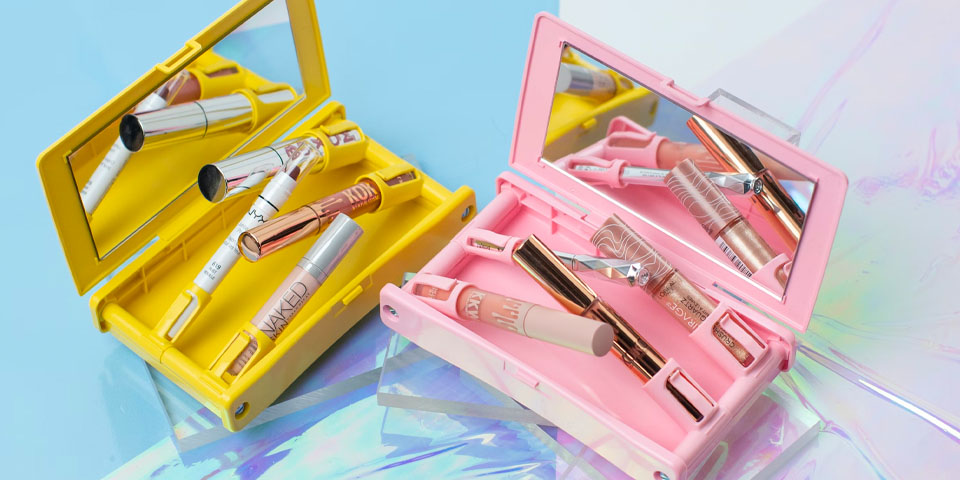
Photo taken with Nikon NIKKOR Z MC 105mm f/2.8
Another advantage is that the lens is fast and versatile, with a bright f/2.8 maximum aperture that's suitable for a variety of lighting conditions. It also features a rounded nine-blade diaphragm that creates beautiful bokeh and artistic background blur.
However, there are also some disadvantages to this lens. One of the main drawbacks is that it doesn't reach a 1.0x magnification ratio, meaning it can't be used for extreme macro photography or with teleconverters.
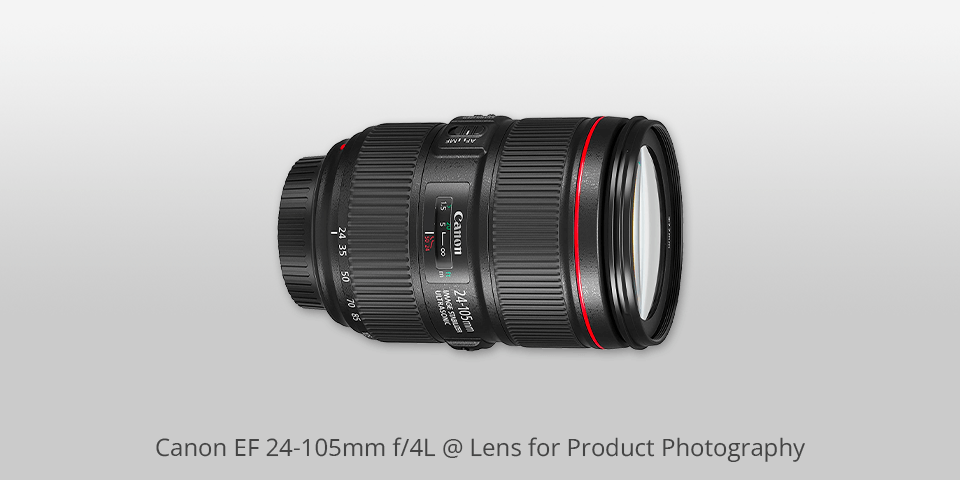
Weight: 1.39 pounds | Lens Type: Standard | Autofocus: Yes
Firstly, I must say that it's one of the most versatile lenses that I've used, and it's perfect for general-purpose photography as well. One of the significant advantages of this lens is that it offers excellent resolution throughout the entire frame, resulting in clean and sharp images that capture the essence of the product.
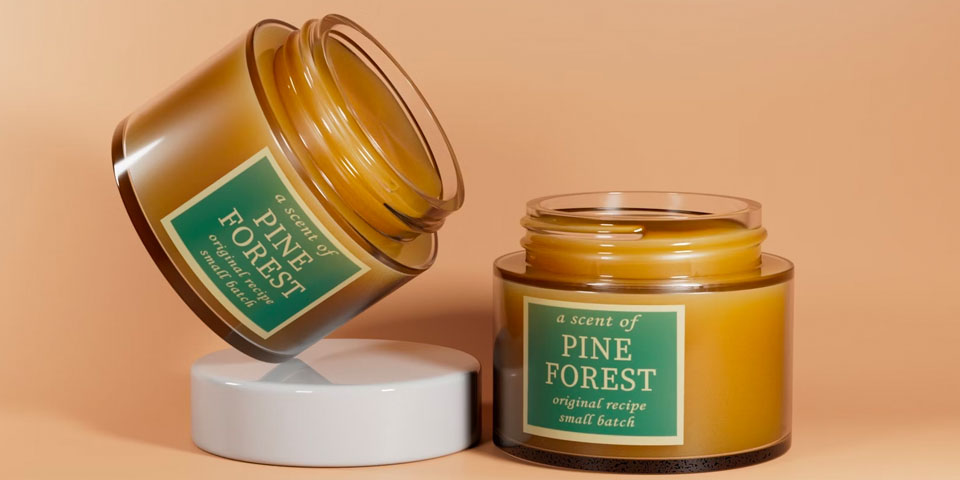
Photo taken with Canon EF 24-105mm f/4L
Being one of the best lenses for product photography, it also has a constant maximum aperture of f/4, which means you don't have to worry about changing the aperture while using it. It's perfect for those who need to capture great photos on the go.
However, one of the drawbacks of this lens is that the base focusing distance is relatively large for food and other close-up subjects. You may need to use an extension tube or crop your images using basic photo editing software.
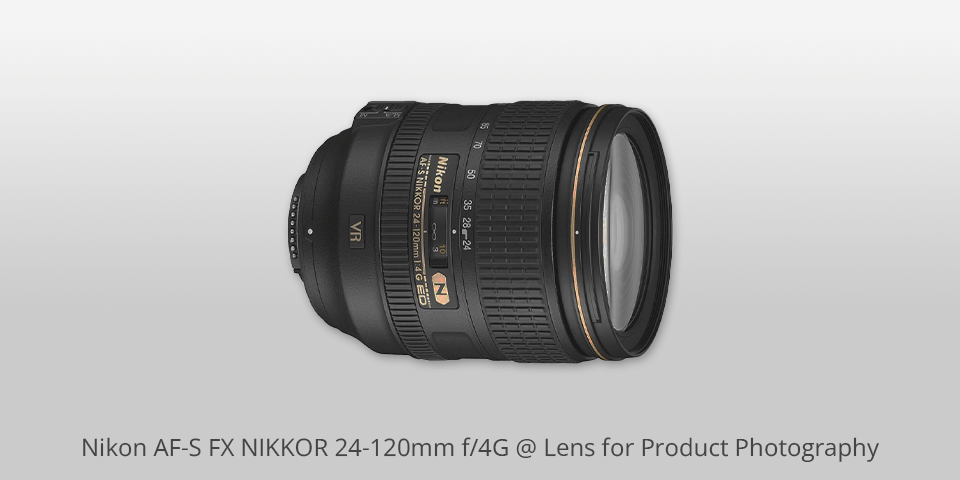
Weight: 1.57 pounds | Lens Type: Standard | Autofocus: Yes
Nikon AF-S FX NIKKOR 24-120mm f/4G is a versatile lens with a wide focal length range that's suitable for a variety of different subjects. Its constant f/4 maximum aperture keeps exposure settings consistent throughout the entire zoom range, and VR II image stabilization helps you capture sharp images when shooting handheld without sacrificing image quality.
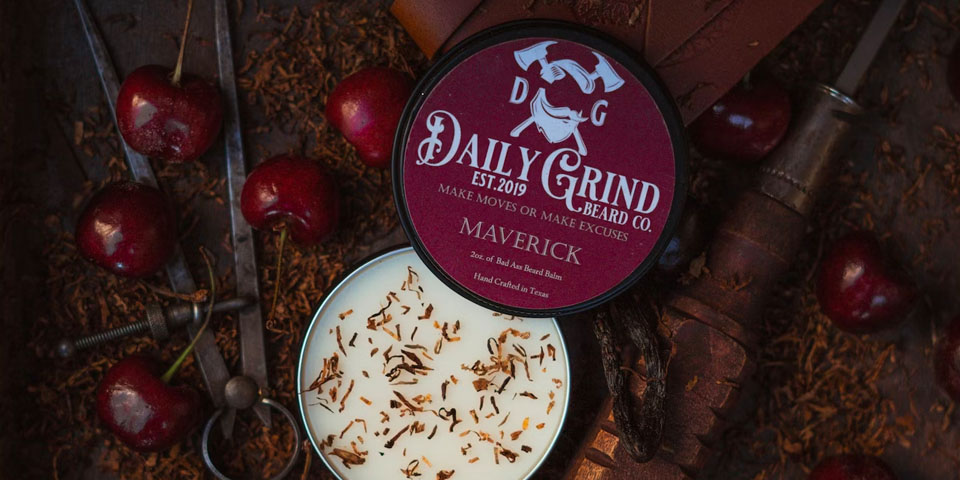
Photo taken with Nikon AF-S FX NIKKOR 24-120mm f/4G
This product photography lens features a host of Nikon's advanced lens technologies, including Silent Wave Motor (SWM), two Extra-low Dispersion elements, Nano Crystal Coat and several others to assure consistent performance in any environment. It also provides excellent value for the price as it offers a versatile range of focal lengths that can handle any situation you may encounter.
However, there are also some disadvantages to this lens. It's a little less sharp at the smallest f/4 apertures at macro distances, but it retains very high resolution when stopped down to f/8 or f/11.
The zoom and focus rings feel relatively small at the front, while they are larger and heavier at the back, which makes the lens feel more like an intermediate lens, rather than a high-end telephoto lens.
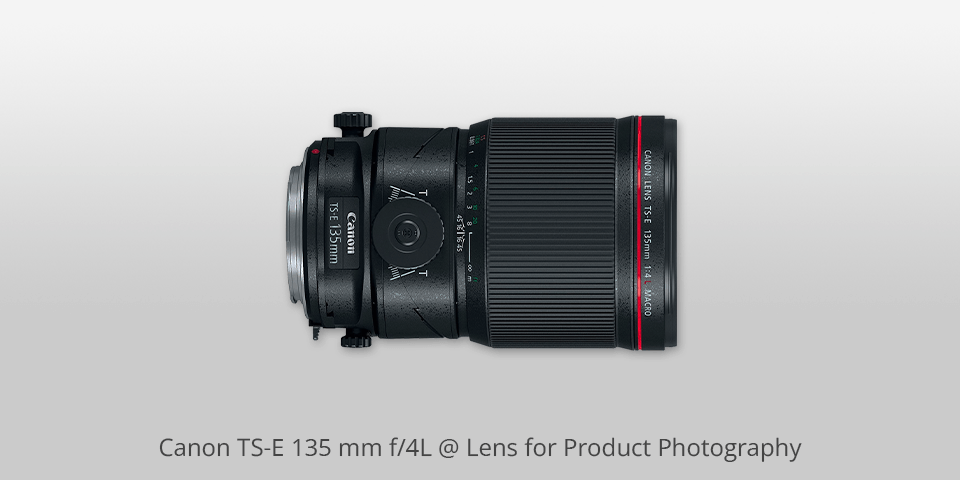
Weight: 2.45 pounds | Lens Type: Telephoto | Autofocus: Yes
As a professional photographer, I have had the opportunity to use the Canon TS-E 135 mm f/4L lens for product photography, and I must say, it is a fantastic lens. The long focal length allows for a greater working distance between the camera and subject, which is a great feature when working with lighting equipment using different product photography backdrops.
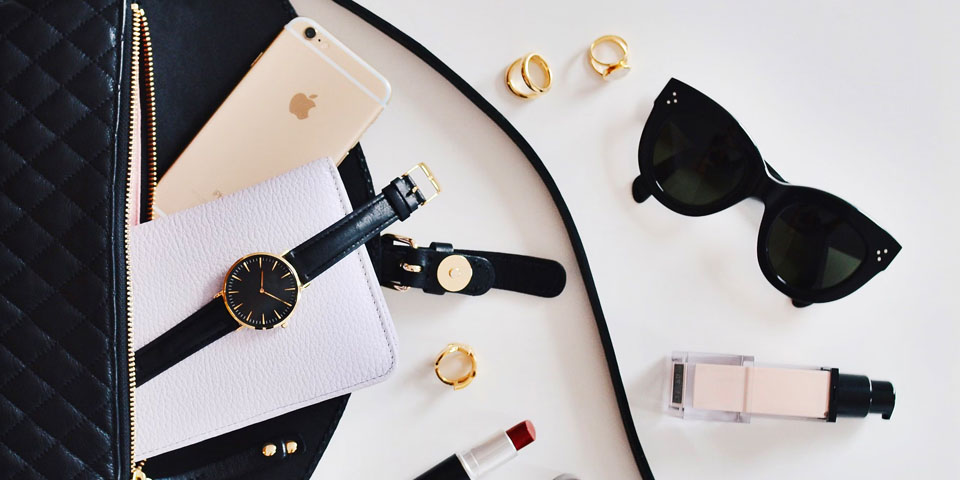
Photo taken with Canon TS-E 135 mm f/4L
The lens also features two Ultra-Low Dispersion (UD) elements that control chromatic aberrations and improve color accuracy, along with an optimized lens coating to minimize surface and internal reflections for reduced flare and ghosting.
On the downside, the lens can be quite heavy to carry around, and the price point may be a bit steep for some photographers. Additionally, the tilt and shift controls may take some time to master, but once you do, the results are worth it.

Weight: 1.33 pounds | Lens Type: Telephoto | Autofocus: Yes
First of all, let me tell you that a great lens can make a huge difference in your product photos, especially for close-up and macro shots where the magnification of a lens is vital to the picture quality. And in my opinion, the Sony SEL90M28G FE 90mm f/2.8-22 is one of the best lenses for product photography available in the market.
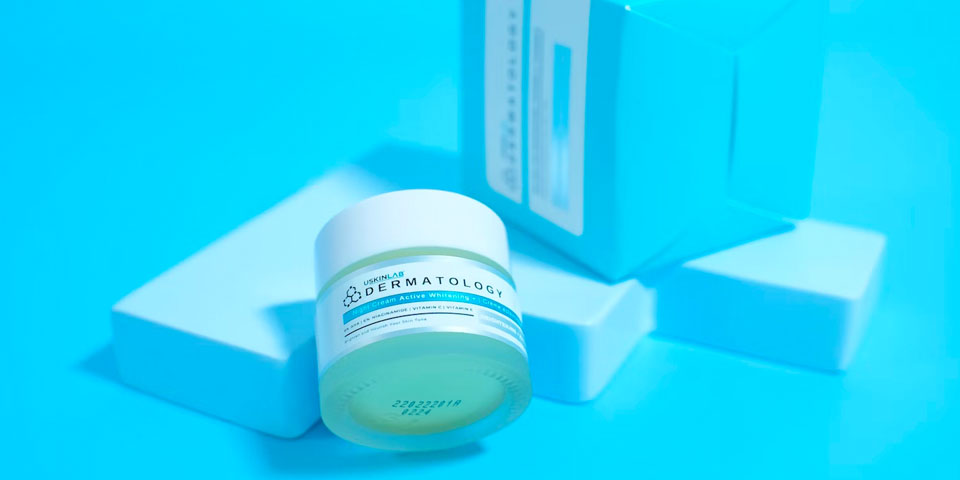
Photo taken with Sony SEL90M28G FE 90mm f/2.8-22
One of the main advantages of this lens is its high level of quality and resistance to dust and moisture, which is crucial for all types of photography. It offers excellent image quality, a wide focal length, and good image stabilization for clothing photography on a Sony camera.
However, one of the main disadvantages of this lens is that it is not very small and light, which can be a problem for some photographers.
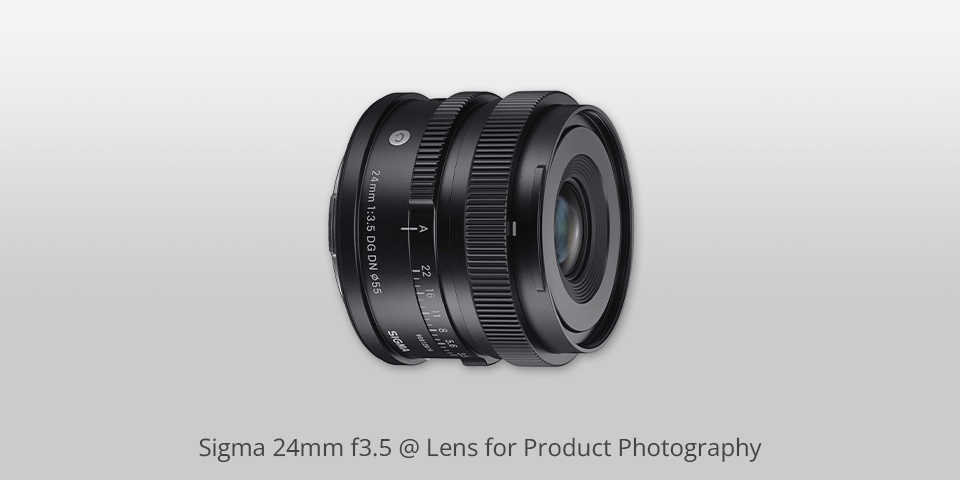
Weight: 0.71 pounds | Lens Type: Wide-angle | Autofocus: Yes
This product photography lens is compact and lightweight, making it easy to carry around and use for extended periods of time. It also has awesome optics and produces high-quality images with sharp details and good color rendering.
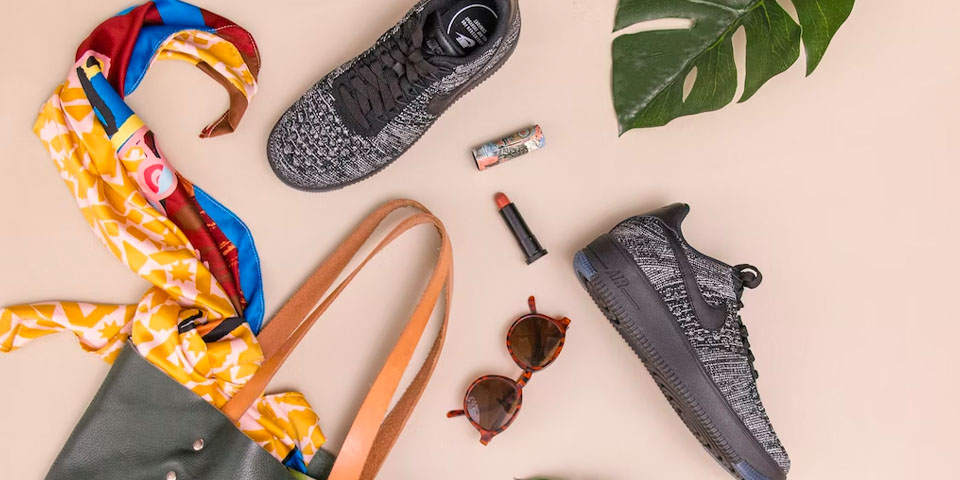
Photo taken with Sigma 24mm f3.5
The autofocus is fast and quiet, which is great for capturing those quick shots without disturbing the subject. The close focusing capabilities are also impressive, allowing you to get up close and personal with your subjects for those detailed catalogue photography.
However, there are a few disadvantages to this lens as well. The lens produces a significant amount of vignetting, particularly at wider apertures. This may not be a major issue for everyone, but it's something to be aware of if you plan on using this lens outdoors.
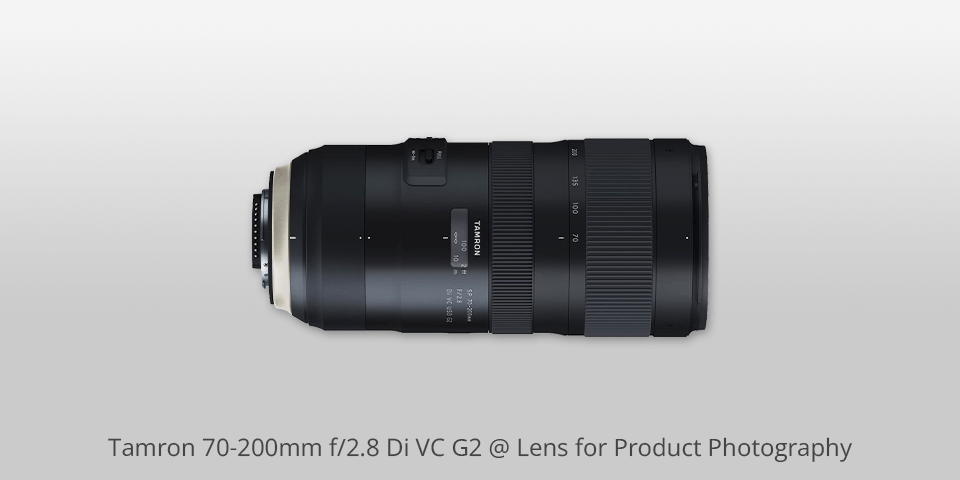
Weight: 3.28 pounds | Lens Type: Telephoto | Autofocus: Yes
Firstly, I have to say that this lens is versatile and can handle a wide range of photographic conditions. As one of the best lens for product photography, it features an ultrasonic AF motor, three-mode image stabilization, and weather-resistant construction.
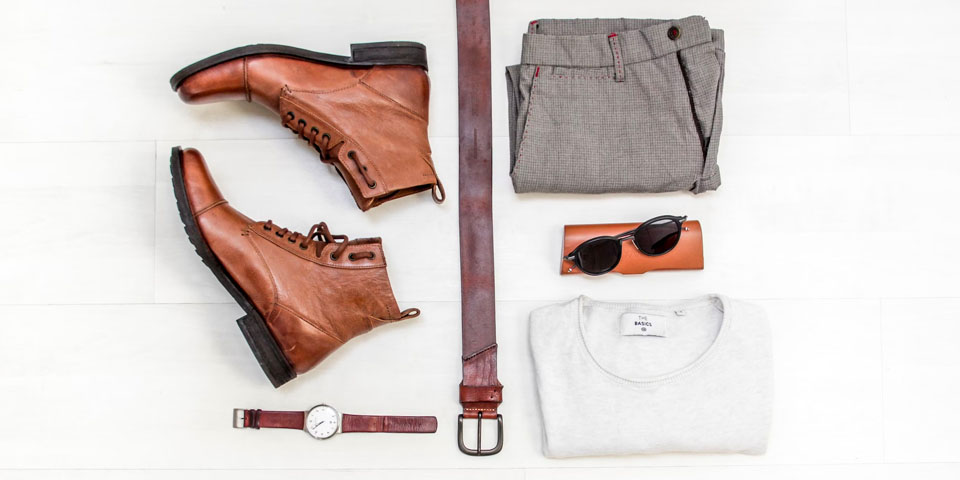
Photo taken with Tamron 70-200mm f/2.8 Di VC G2
One of the primary advantages of this lens is its large f/2.8 maximum aperture, which makes it great for low-light situations and different product photo ideas. You can shoot in darker environments without increasing your ISO, which means you won't degrade the quality of your images.
However, one of the biggest disadvantages of the VC system is that it isn't particularly good at framing very close subjects, such as small objects. It's more effective at a wider angle where it helps reduce blurring of backgrounds, which is a great feature for videography, but this can be problematic if you're implementing still photo ideas.
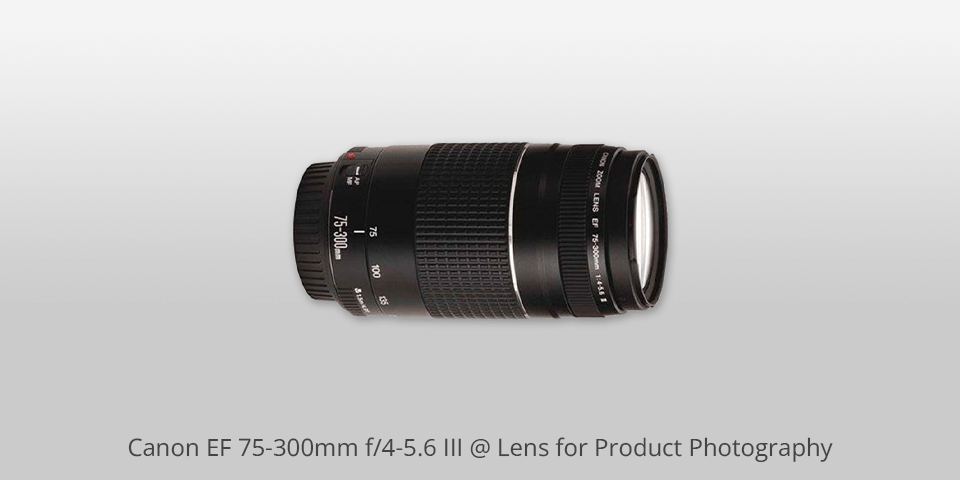
Weight: 1.06 pounds | Lens Type: Telephoto | Autofocus: No
One of the main advantages of this budget product photography lens is its long focal length. This allows you to capture many details in the same shot. Moreover, the lens is compact and lightweight, making it easy to carry in a bag.

Photo taken with Canon EF 75-300mm f/4-5.6 III
In terms of bokeh quality, the Canon EF 75-300mm f/4-5.6 III lens has a soft bokeh at longer focal lengths which provides an attractive background for the picture. It is also quite easy to focus at those long focal lengths, which is a plus point for many photographers who are interested in close-ups, including watches photography.
However, there are some disadvantages to this lens. Firstly, there is a slight vignetting problem when used on a full-frame camera. Secondly, it does not have an image stabilization system, which can be a disadvantage for certain situations, especially when taking pictures with low light conditions or during hand-held shooting.
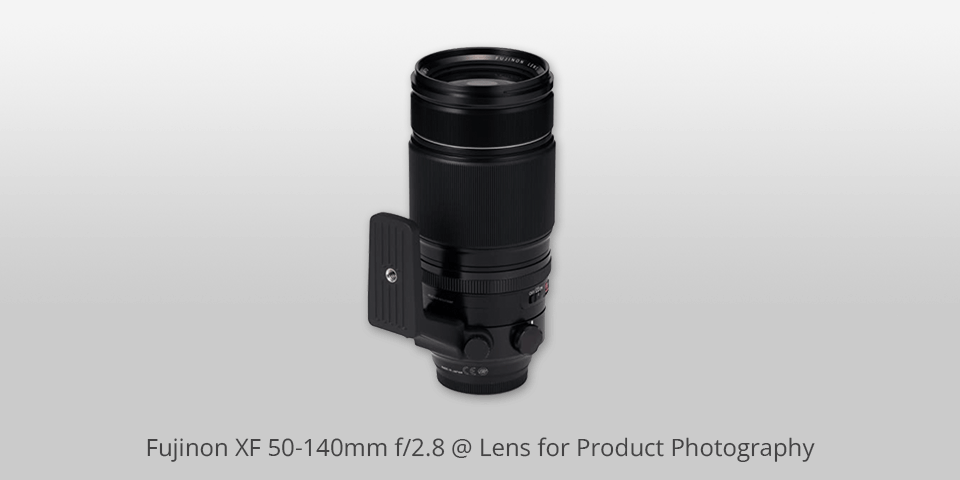
Weight: 2.2 pounds | Lens Type: Telephoto | Autofocus: No
Fujinon XF 50-140mm f/2.8 has a wide aperture that allows you to shoot with a shallow depth of field, creating beautiful bokeh that will make your products stand out. The lens is made of high-quality metal and glass, which ensures its durability and longevity.
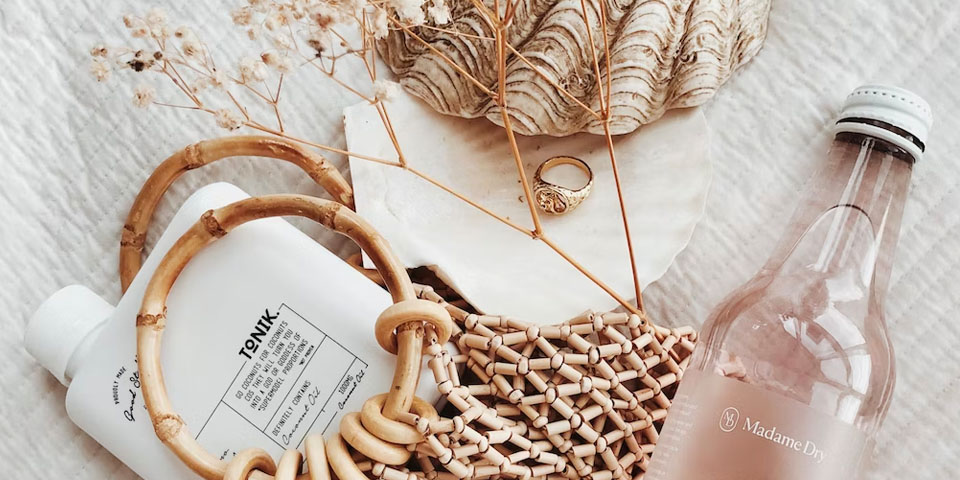
Photo taken with Fujinon XF 50-140mm f/2.8
One of the main advantages of this product photography lens is its versatility. It offers a focal length range of 76-213mm equivalent, which is perfect for covering a wide range of subject positions. Additionally, it has weather resistance, a triple linear motor for ultra-fast autofocus, and Fuji's latest OIS image stabilization technology.
However, this Fuji lens is quite heavy. This is something to consider if you're planning to use it for extended periods. Additionally, it does not have an automatic focus button, which can be challenging when taking photos of people. You need to ensure that the camera is set up perfectly to focus on your subjects.
| IMAGE | NAME | FEATURES | |
|---|---|---|---|

|
Canon EF 24-70 mm f/2.8L II
OUR CHOICE
|
CHECK PRICE → | |

|
Sony FE 50 mm f/1.8
COMPACT
|
CHECK PRICE → | |

|
Fujifilm XF 56mm f/1.2
DURABLE
|
CHECK PRICE → |
When it comes to selecting a lens for product images, there are a few key characteristics that matter most.

Aperture. As a photographer who often works with large prints, I know the importance of sharpness and detail in my product images. That's why I recommend using a lens with a small aperture, like f/8 or f/11. This will ensure that your product is in focus while still allowing you to control the depth of field and create a visually interesting background.

Focal length. One of the most popular focal lengths for product pictures is 50mm, which is a good choice for beginners as it offers a wide field of view. However, the most ideal focal length is between 50-100mm on a full-frame camera or 35-60mm on a cropped sensor camera, enabling you to capture the most enhancing angles of the subject.
Minimum focusing distance. This is the closest distance at which your product photography lens lens can focus on the subject. A lens with a smaller minimum focusing distance is ideal for product photography as it allows you to capture more details in the image, especially for smaller objects.
Macro are great for this purpose, as they have a smaller minimum focusing distance than prime lenses.

Quality of lens. The quality of the lens is also important for any shooter. If you are an amateur, then a lens made of plastic and cheap glass will be quite enough.
However, if you are a professional photographer, you need those that are made of high-quality metal and glass. Amateur and professional product photography lenses are easily differentiated as the second ones are heavier.